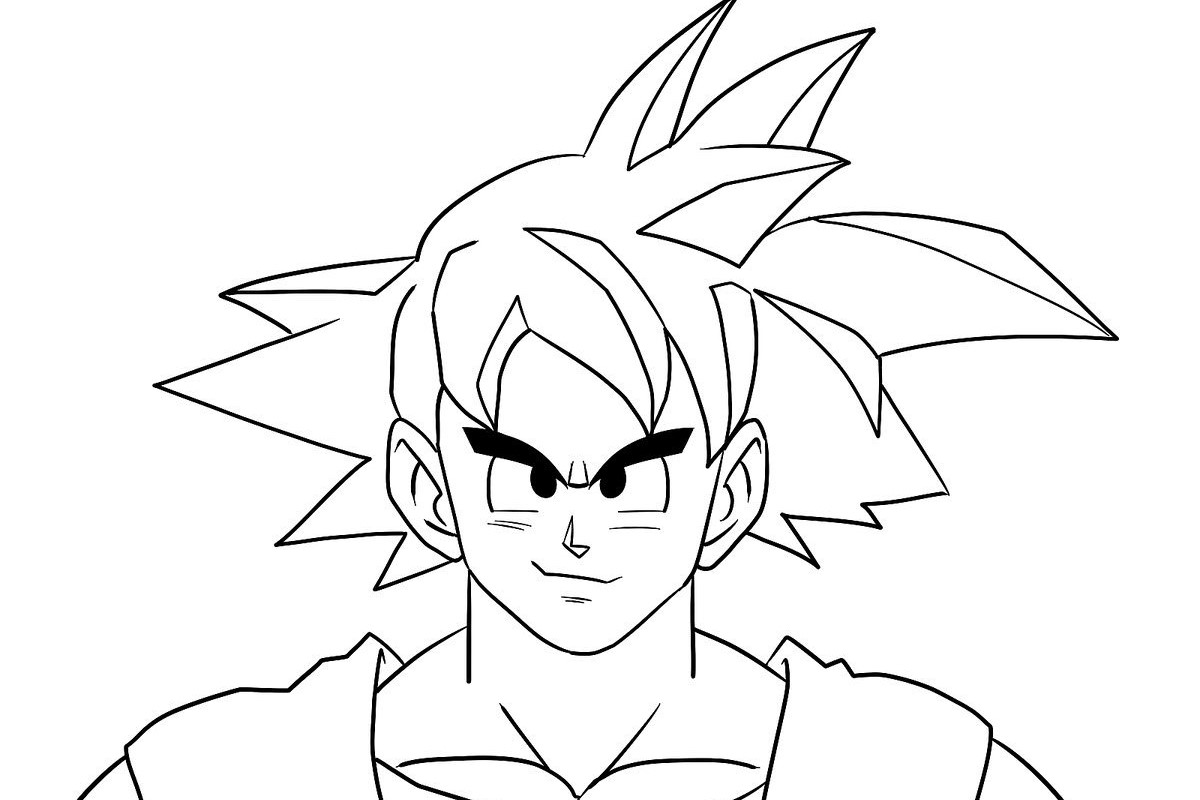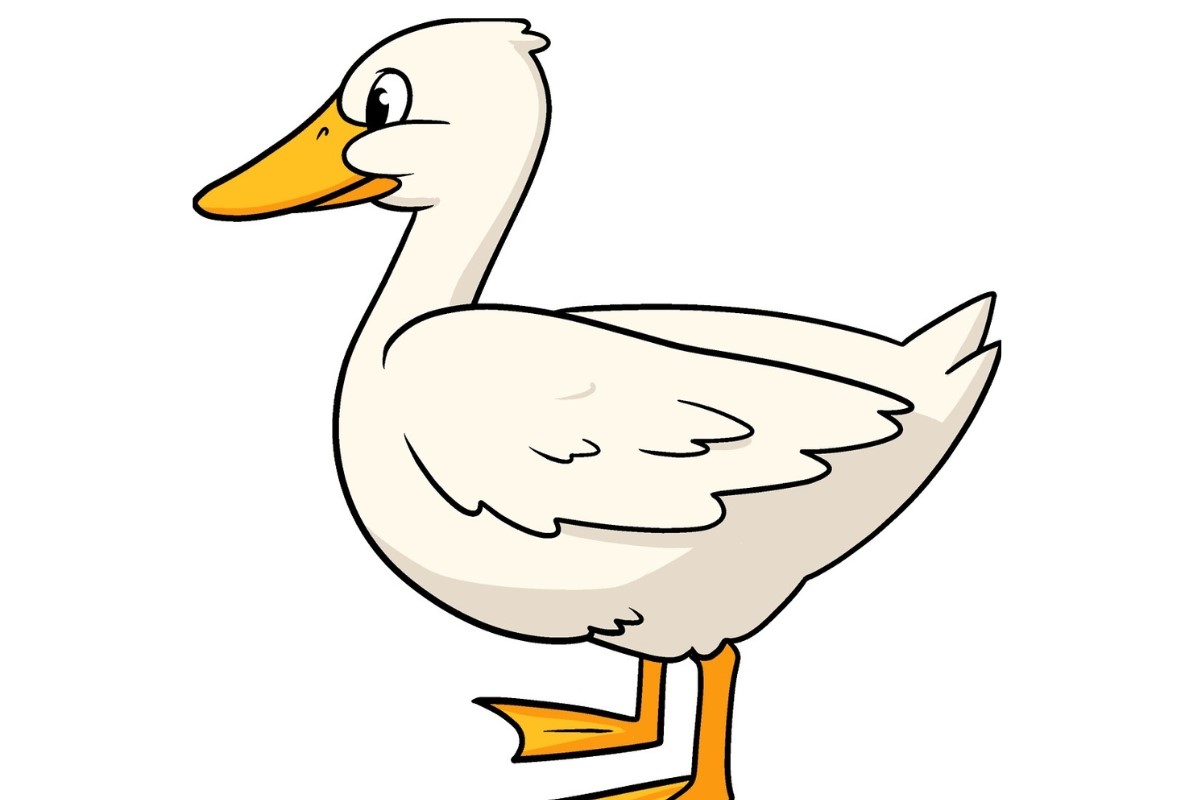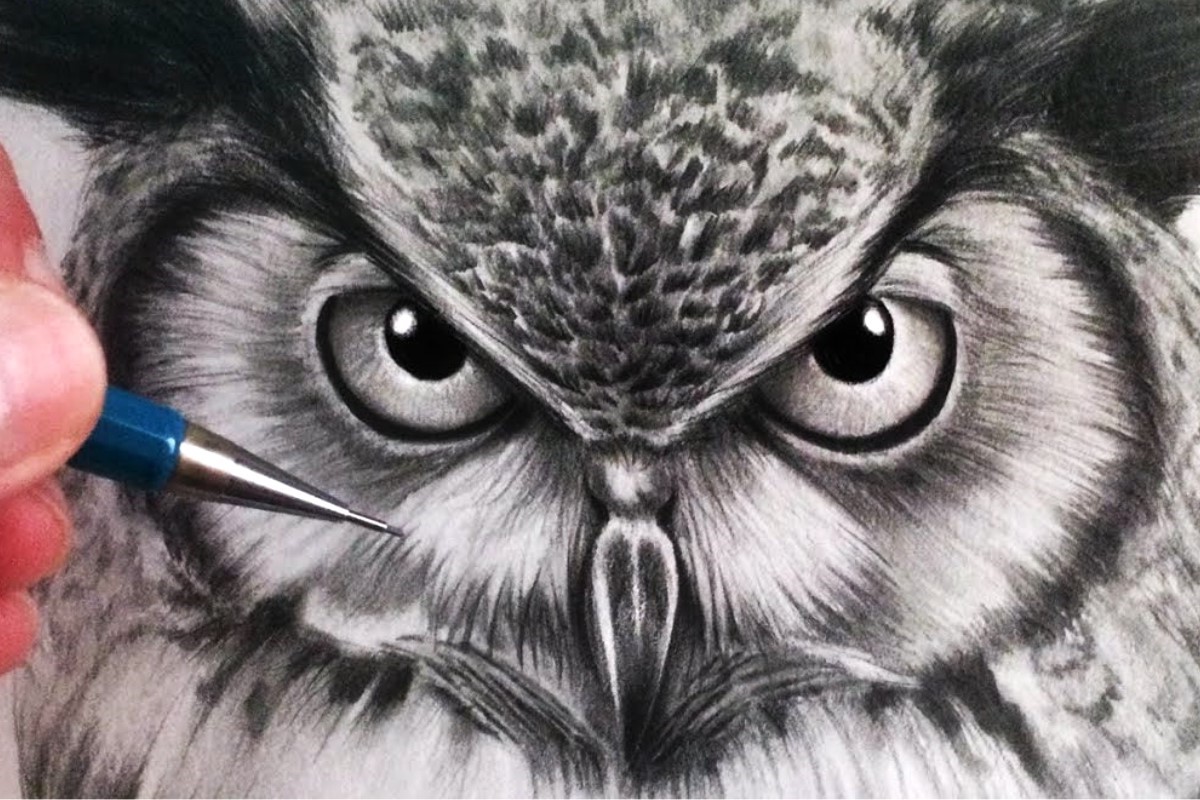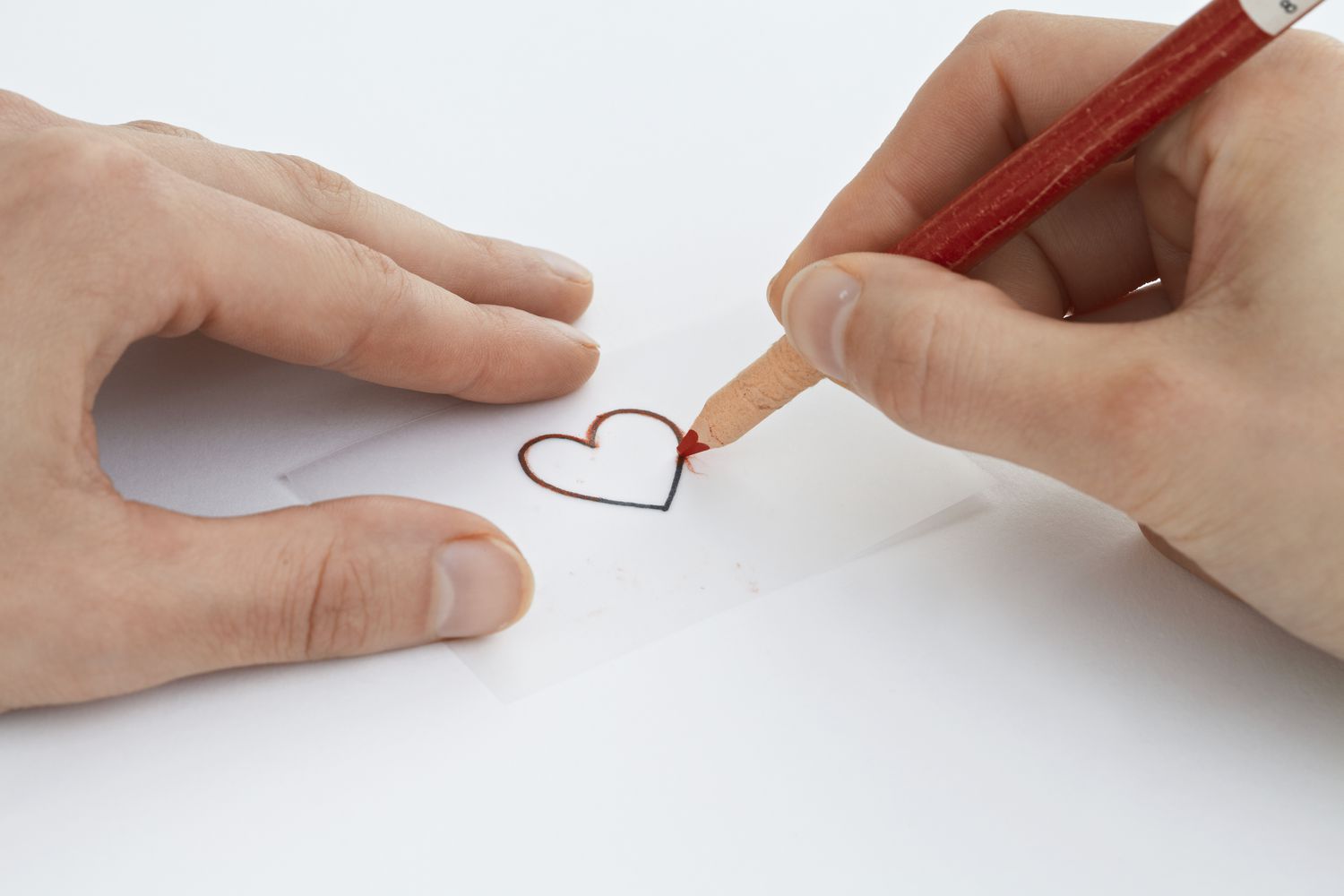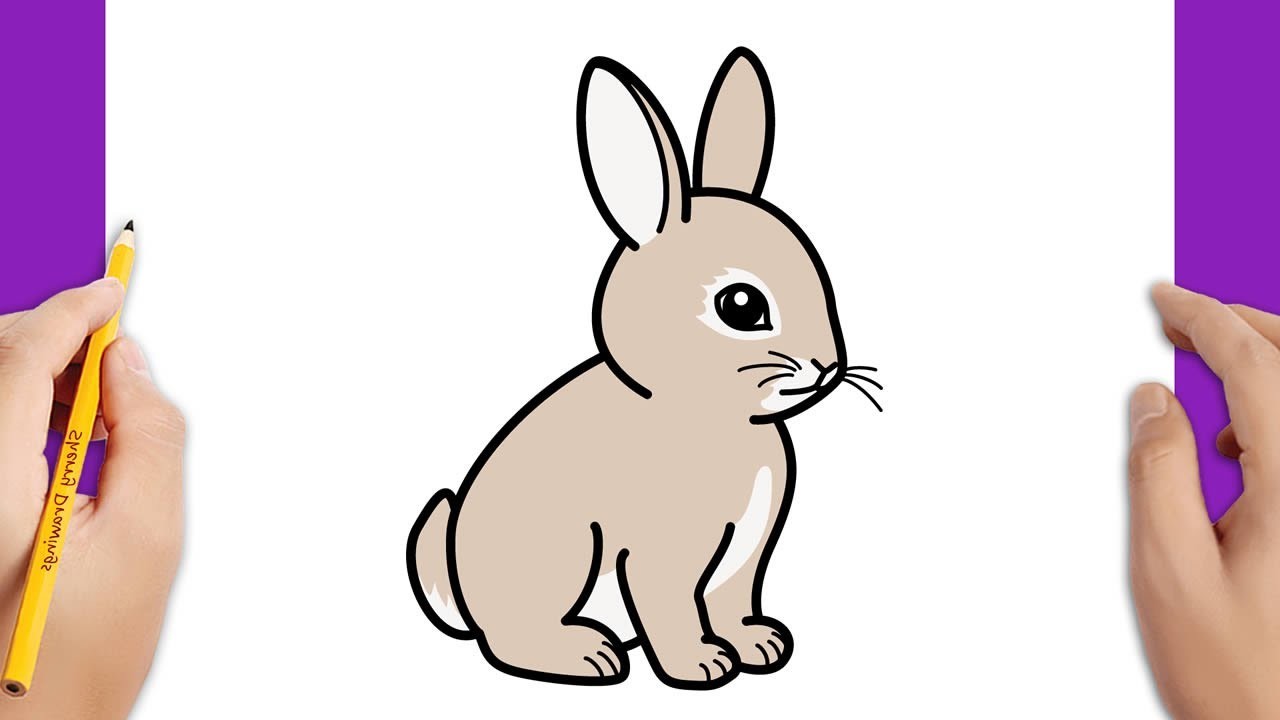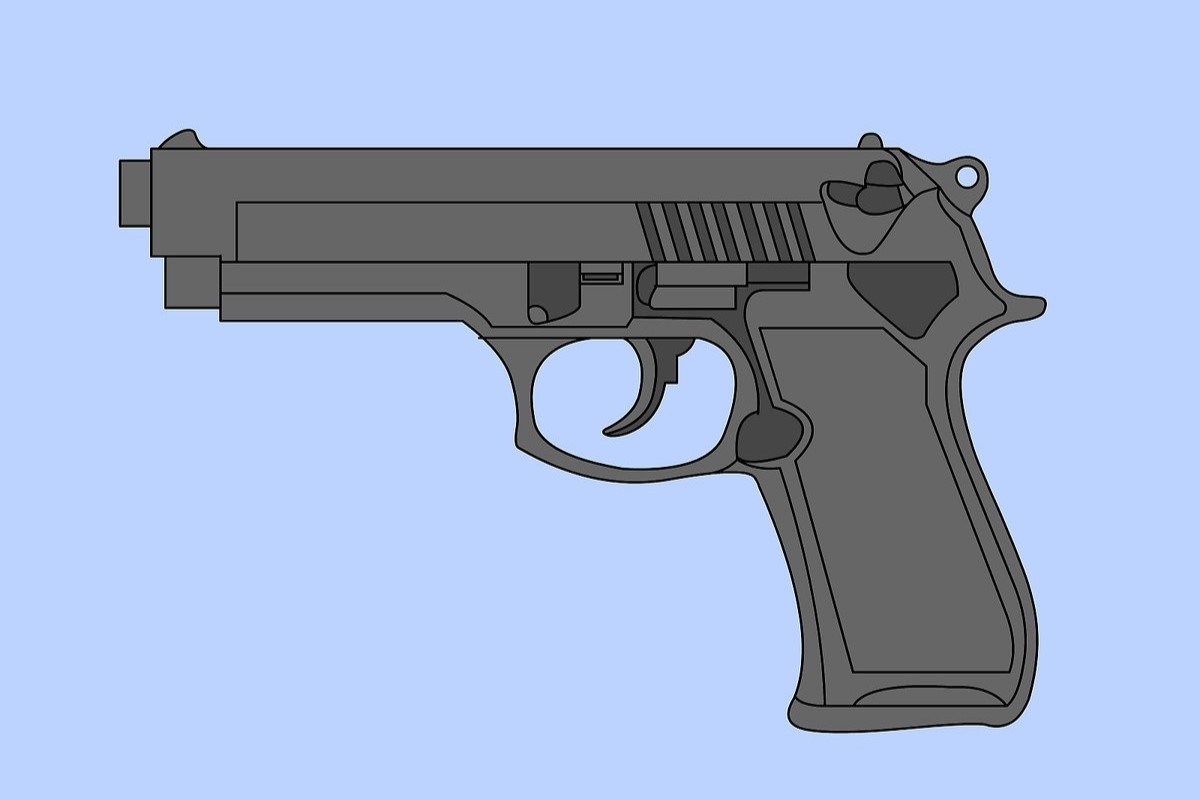Home>Arts and Culture>How To Draw A Cube
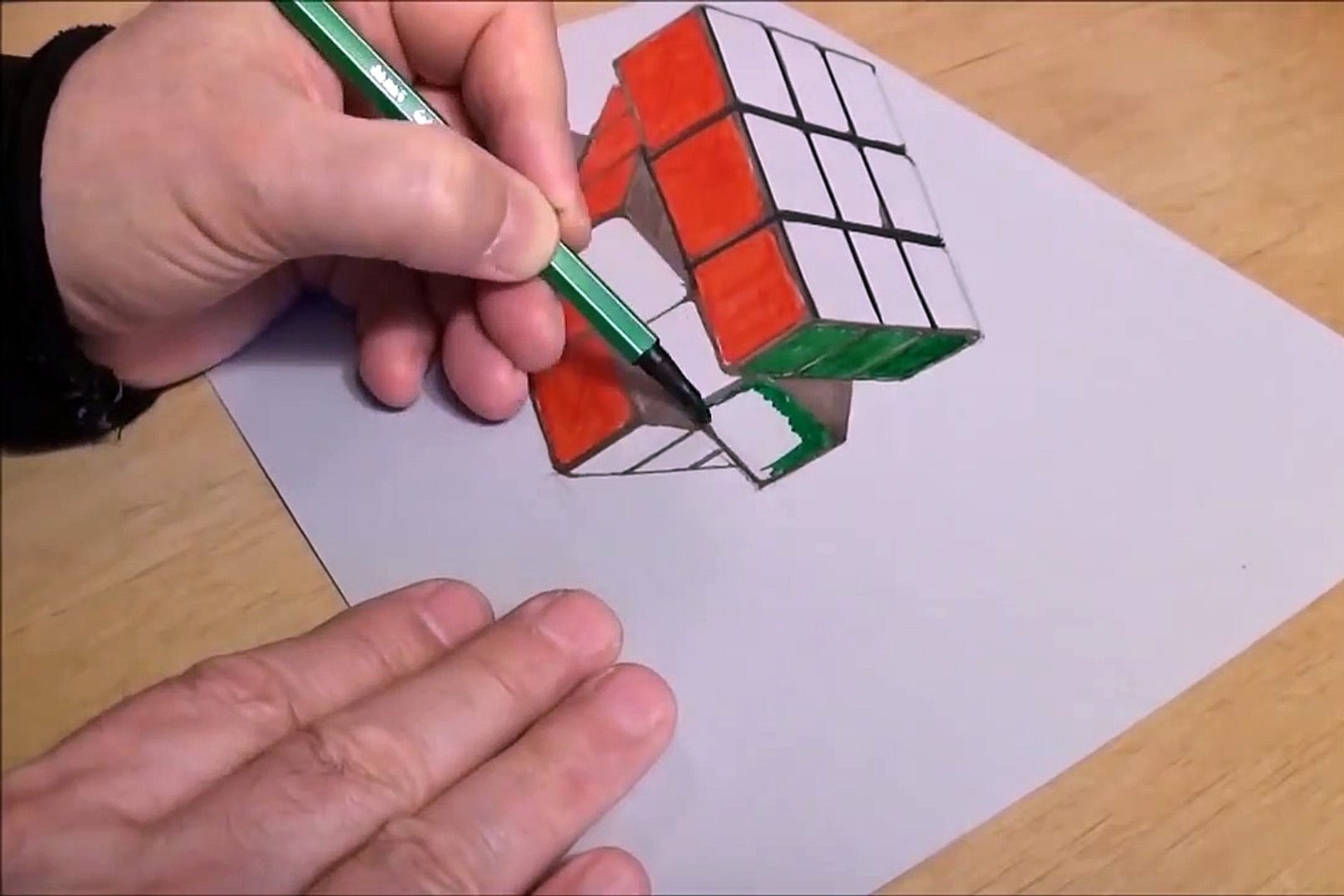

Arts and Culture
How To Draw A Cube
Published: February 26, 2024
Learn how to draw a cube with easy step-by-step instructions. Explore your creativity and improve your artistic skills in this arts and culture tutorial.
(Many of the links in this article redirect to a specific reviewed product. Your purchase of these products through affiliate links helps to generate commission for Noodls.com, at no extra cost. Learn more)
Table of Contents
Introduction
Drawing a cube may seem like a simple task, but mastering the art of creating a three-dimensional illusion on a two-dimensional surface requires attention to detail and a keen understanding of perspective. Whether you're an aspiring artist, a student learning the basics of geometry, or simply someone looking to explore the world of visual arts, learning how to draw a cube can be an exciting and rewarding experience.
In this comprehensive guide, we will delve into the step-by-step process of drawing a realistic and visually compelling cube. From understanding the fundamental principles of constructing a cube to adding depth and shading, this tutorial will equip you with the skills to bring a sense of dimensionality to your artwork.
By the end of this tutorial, you will not only have a newfound appreciation for the intricacies of drawing a cube, but you will also have the confidence to apply these techniques to your future artistic endeavors. So, grab your drawing materials and let's embark on this creative journey together.
Read more: How To Cut A Potato Into Cubes
Materials Needed
Before we begin our artistic endeavor, it's essential to gather the necessary materials to bring our vision to life. Here's a list of items you'll need to embark on this creative journey:
-
Drawing Paper: Select a smooth, sturdy paper that can withstand the various techniques involved in drawing a cube. A heavier weight paper is preferable to prevent wrinkling or tearing during the process.
-
Drawing Pencils: Invest in a set of high-quality drawing pencils with varying degrees of hardness, such as 2H, HB, 2B, 4B, and 6B. These pencils will allow you to achieve different levels of shading and detailing in your artwork.
-
Eraser: A soft, kneaded eraser is ideal for gently correcting mistakes and creating subtle highlights in your drawing. Additionally, a precision eraser can be useful for refining intricate details.
-
Ruler: A straight-edge ruler will aid in creating precise lines and maintaining the geometric accuracy of the cube.
-
Blending Stump or Tortillon: These tools are essential for blending and smudging graphite to achieve smooth transitions and gradients in your shading.
-
Light Source: Ensure that you have ample lighting to illuminate your workspace, allowing you to observe the interplay of light and shadow as you work on your drawing.
-
Optional: Charcoal or Graphite Sticks: If you're looking to experiment with different drawing mediums, charcoal or graphite sticks can add a dynamic range of tones to your artwork.
-
Reference Images: While not a physical material, having reference images of cubes from various angles can provide valuable visual guidance as you practice drawing cubes.
By assembling these materials, you'll be well-equipped to embark on the journey of drawing a realistic and visually captivating cube. With these tools at your disposal, you can fully immerse yourself in the creative process and explore the intricacies of bringing a simple geometric shape to life on paper.
Step 1: Drawing the Square Base
To begin our artistic exploration of drawing a cube, we must first establish the foundation of this three-dimensional form. The square base serves as the anchor from which we will build the illusion of depth and dimensionality. Follow these steps to create a compelling square base for your cube:
-
Outline the Square: Using a light pencil, such as an H or 2H, carefully sketch a perfect square on your drawing paper. Utilize a ruler to ensure that the lines are straight and the angles are precisely 90 degrees. Paying attention to the symmetry and proportions of the square will set the stage for the realistic portrayal of the cube.
-
Establish the Vanishing Points: Understanding perspective is crucial in creating the illusion of depth. Identify the vanishing points, which are the points on the horizon where parallel lines appear to converge. For a simple cube, there will be two vanishing points. Connect the corners of the square base to the corresponding vanishing points using light, dashed lines to represent the edges of the cube extending into the distance.
-
Add Depth with Contour Lines: To convey the three-dimensional nature of the cube, draw additional lines parallel to the original square, gradually darkening them to indicate the receding planes of the cube. These contour lines will establish the depth and spatial relationships within the structure.
-
Refine the Edges: With a darker pencil, such as a 2B or 4B, reinforce the edges of the square base to enhance its prominence within the composition. Emphasizing the edges will create a sense of solidity and structure, laying the groundwork for the subsequent steps in rendering the cube.
By meticulously following these steps, you will have successfully laid the groundwork for the visual representation of a cube. The square base serves as the fundamental building block upon which we will construct the multidimensional form, setting the stage for the next phase of our artistic journey. With the square base in place, we are poised to delve deeper into the intricacies of bringing the cube to life on paper.
Step 2: Adding Depth to the Cube
With the square base meticulously outlined, we now venture into the realm of adding depth to our cube, infusing it with a sense of three-dimensionality that captivates the eye and ignites the imagination. This pivotal step involves leveraging shading techniques and understanding the interplay of light and shadow to imbue the cube with a palpable sense of volume and form.
-
Gradual Shading: Begin by identifying the direction of the light source in your composition. This crucial aspect dictates the placement of highlights and shadows on the cube. Using a mid-range pencil, such as HB, start shading the surfaces of the cube that are facing away from the light source. Gradually build up the shading, ensuring a smooth transition from light to dark to convey the gradual shift in tonal values across the surfaces.
-
Emphasizing Shadows: As you progress with the shading, pay close attention to the areas where the surfaces of the cube intersect and overlap. These junctures create natural shadow areas where the intensity of shading increases. By strategically darkening these shadowed regions, you enhance the illusion of depth and solidity within the cube, reinforcing its three-dimensional presence on the paper.
-
Highlighting the Edges: To accentuate the edges of the cube and delineate its contours, carefully apply lighter shading or leave certain areas untouched to represent highlights. This technique creates a visual contrast between the illuminated edges and the adjacent shaded surfaces, accentuating the angularity and structure of the cube.
-
Blending and Smudging: Employ a blending stump or tortillon to seamlessly blend the shading, ensuring a cohesive and uniform appearance across the surfaces of the cube. By delicately smudging the graphite, you can achieve a nuanced transition between light and shadow, lending a sense of realism and depth to the overall composition.
-
Refinement and Iteration: Continuously evaluate the tonal values and the distribution of light and shadow on the cube, refining the shading as needed to achieve a harmonious and convincing portrayal of depth. Iterative adjustments and meticulous observation of the interplay of light and shadow will elevate the visual impact of the cube, imbuing it with a compelling sense of spatial presence.
By meticulously incorporating these techniques, you breathe life into the cube, transforming it from a two-dimensional representation into a compelling illusion of depth and dimensionality. This transformative process lays the groundwork for the final phase of our artistic exploration, where we will add intricate details and refine the visual narrative of the cube, culminating in a captivating and evocative artistic creation.
Step 3: Adding Shading and Details
As we delve into the final phase of our artistic journey, we embark on the intricate process of infusing the cube with meticulous shading and adding refined details that elevate its visual impact. This pivotal step transcends the mere representation of a geometric form, allowing us to imbue the cube with a palpable sense of texture, depth, and character.
Read more: How To Draw People
Refinement of Shading
Building upon the foundational shading established in the previous step, we now focus on refining the tonal values and enhancing the transitions between light and shadow. By employing a range of pencils, from the subtle nuances of 2H to the rich depths of 6B, we meticulously layer and blend the graphite to achieve a seamless gradation of tones. This meticulous approach ensures that the surfaces of the cube exhibit a compelling interplay of light and shadow, evoking a sense of realism and dimensionality.
Texture and Surface Details
To imbue the cube with a sense of tactile authenticity, we carefully consider the surface texture and introduce subtle details that enrich its visual narrative. Whether it's the grainy roughness of a weathered surface or the smooth luster of polished facets, these textural nuances are conveyed through deliberate variations in shading and the strategic application of fine lines and stippling. By infusing the cube with these intricate details, we invite the viewer to engage with its tactile essence, fostering a deeper connection with the artwork.
Emphasis on Highlights
Strategic placement of highlights plays a pivotal role in accentuating the three-dimensional form of the cube. By delicately lifting graphite with a precision eraser or leaving certain areas untouched, we create luminous highlights that emulate the reflective properties of the surfaces. These highlights serve as beacons of illumination, drawing the viewer's gaze and enhancing the visual contrast between light and shadow, thereby amplifying the sense of volume and presence within the composition.
Iterative Refinement
As we meticulously refine the shading and details, we engage in a process of iterative refinement, continuously evaluating and adjusting the visual elements to achieve a harmonious and evocative portrayal of the cube. This iterative approach allows us to fine-tune the nuances of texture, light, and shadow, ensuring that the cube transcends its geometric origins to become a captivating and immersive artistic creation.
By immersing ourselves in the meticulous process of adding shading and details, we breathe life into the cube, transforming it into a compelling visual narrative that captivates the imagination and evokes a profound sense of depth and realism. This transformative phase culminates in the realization of a visually captivating and evocative representation of a simple geometric form, transcending its inherent simplicity to become a testament to the power of artistic expression.
Read more: How To Draw A Squirrel
Conclusion
In the culmination of our artistic odyssey, we have traversed the intricate terrain of drawing a cube, unraveling the nuances of perspective, shading, and detail to breathe life into a seemingly simple geometric form. Through meticulous craftsmanship and a keen understanding of visual dynamics, we have transcended the constraints of two-dimensional space, infusing the cube with a palpable sense of depth, texture, and character.
As we reflect on this creative journey, it becomes evident that drawing a cube is not merely an exercise in replicating a geometric shape; rather, it is a testament to the transformative power of artistry. The process of constructing a cube on paper serves as a microcosm of the artist's ability to manipulate form, light, and shadow to evoke a profound sense of realism and dimensionality.
Beyond the technical intricacies, drawing a cube embodies the essence of artistic expression, inviting us to explore the interplay of visual elements and engage in a dialogue between perception and representation. It is a testament to the artist's ability to imbue a seemingly mundane subject with emotive resonance, transcending its geometric origins to become a captivating visual narrative.
Moreover, the journey of drawing a cube serves as a foundational exploration that lays the groundwork for more complex artistic endeavors. The principles of perspective, shading, and attention to detail cultivated in this process form the bedrock of artistic proficiency, empowering aspiring artists to embark on more ambitious creative pursuits with confidence and skill.
As we conclude this artistic expedition, we are reminded that drawing a cube is not merely an end in itself, but a stepping stone towards a deeper understanding of the visual language and the boundless potential of artistic expression. It is an invitation to embrace the transformative power of creativity and embark on a perpetual quest for mastery and innovation in the realm of visual arts.
In essence, drawing a cube transcends its geometric simplicity to become a testament to the artist's ability to imbue the mundane with extraordinary depth and meaning. It is a celebration of the artist's capacity to transform the ordinary into the extraordinary, inviting viewers to behold the beauty and complexity inherent in even the simplest of forms.







